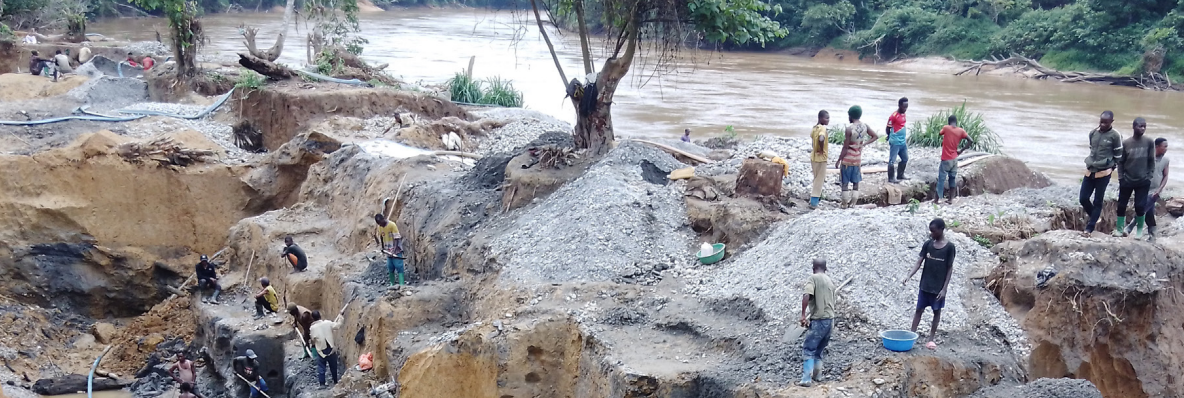Executive Summary
While artisanal and small-scale mining (ASM) is a vital source of income for many rural communities in the eastern Democratic Republic of Congo (DRC), it has acquired a negative reputation over the past twenty years. This is in part because the DRC government has difficulties in tackling the issues of corruption, criminal activity, conflict financing, fraud, and smuggling in the ASM sector.
The International Peace Information Service (IPIS) invests in qualitative research in ASM, as a mechanism to support responsible ASM supply chains that promote peace, stability, and contribute to rural development. Since 2009, IPIS has mapped over 2,800 ASM sites in eastern DRC and collected primary data about the interference of armed groups, types of minerals, mineral pricing, worker demographics, trade routes, environmental issues, etc.
In 2021, the United States Agency for International Development (USAID) renewed its partnership with IPIS through the Integrated Land and Resource Governance (ILRG) project to execute in-depth research into ASM in eastern DRC and its links with insecurity and development. Between 2021 and 2023, IPIS collected information at 829 active mining sites that together employ an estimated 132,320 miners. According to the data collected by IPIS, gold is by far the most important artisanal mineral in eastern DRC, as 85% of the miners work in gold mines, followed by the minerals often referred to as the 3T minerals, tin ore (cassiterite), tantalum ore (coltan), and tungsten ore (wolframite).
This report is the final output of two years of research and provides an up-to-date analysis of the link between mining and conflict – and insecurity more generally in eastern DRC. Furthermore, it explores why mining reform (including responsible sourcing initiatives) has had a limited impact on improved security and sustainable development.
The section ‘Armed interference in mining’ explores the direct links between mining in eastern DRC and conflict. It reveals the extent to which both the armed forces of the DRC (FARDC) and (non-state) armed groups are still involved in mining. However, the next section on ‘Insecurity in mining beyond conflict minerals’ broadens the scope and explores how some more structural forms of violence (such as socio-economic inequality and the omnipresence of former rebels) create tensions and conflict that are not directly linked to the financing of armed groups. These issues deserve equal attention, as both represent important long-term security risks.


